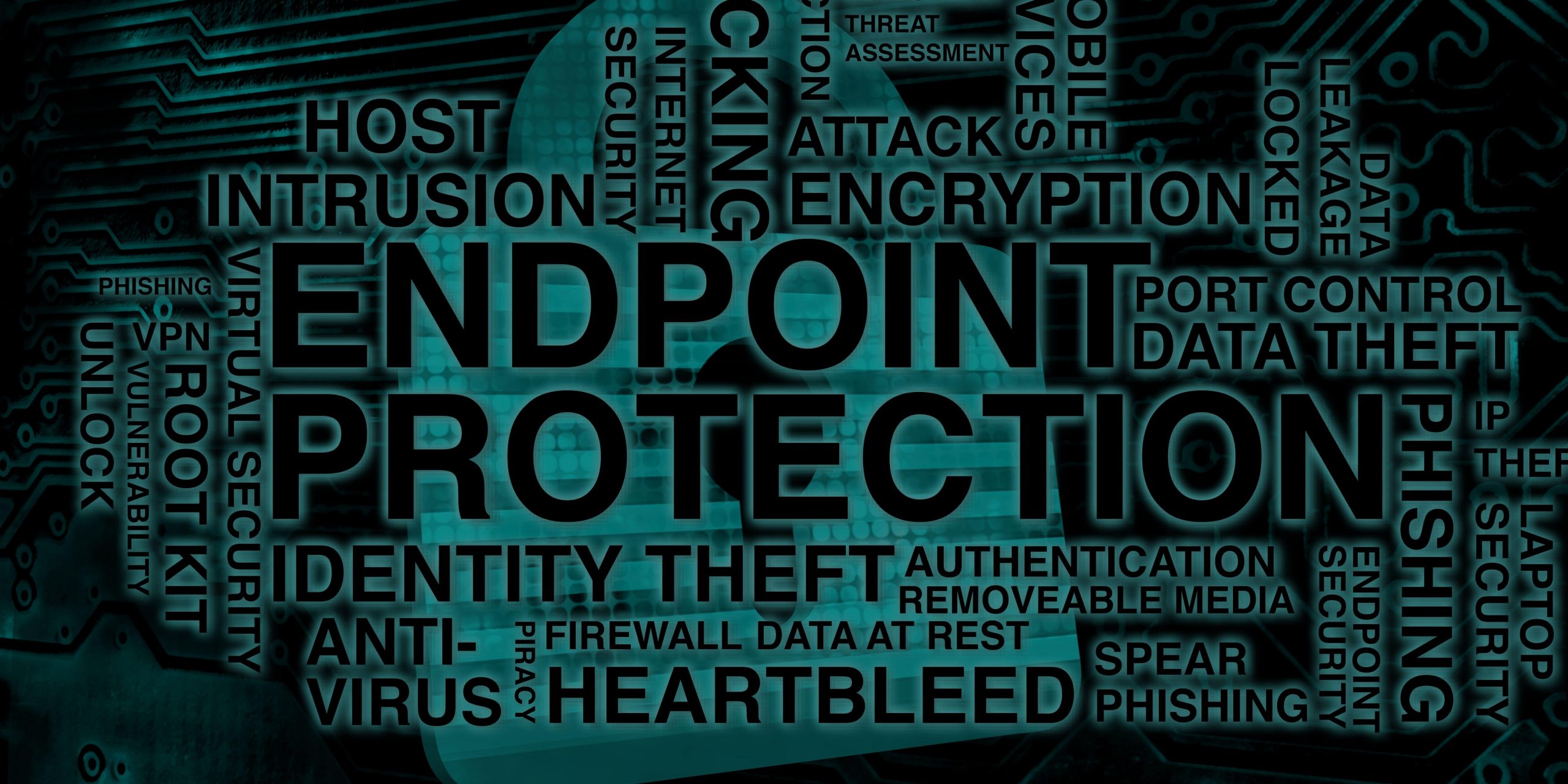In what ways does Endpoint Security Protect your Data?

Endpoint security refers to the discipline of locking down any element of an organization that has access to internal resources, like databases and servers. Cybersecurity professionals have to review access routes as there are many possible routes hackers can take to launch an attack.
The hackers seek to execute attacks on enterprises by choosing which kind of mechanisms they will exploit. Those devices maybe a website, software, or a piece of networked hardware. Once they have figured out their plan, they seek ways to execute it while also trying to obscure the actions they are taking.
The Core Elements of Endpoint Security
Despite some vendors’ claims that they provide a complete solution, they may lack some crucial components. Here are the core elements to look for:
- Protection for devices – Do devices need to be protected? Yes, devices need to be protected. Computer protection and mobile device protection are necessary so that mobile devices don’t get hacked with ransomware. Protection, detection, and correction of malware across multiple endpoint devices and operating systems are essential.
- Security controls on the network – Endpoint security systems should function as a comprehensive firewall, identifying threats and filtering incoming traffic.
- Controls for application servers – These measures allow you to monitor and limit the level of access application servers have to endpoints.
- Control of data – It provides options for data leak prevention and data safety by encrypting sensitive information.
- Web Filters – Many endpoint security systems come with a web filter feature that lets you control what types of websites your users can access while connected to your network.
Different Types of Endpoint Security
There are various types of endpoint security available for enterprises to save their data from hackers. The major types of endpoint security are mention below:
- Controlling applications – Exactly as its name describes, the application control is an application’s permissions that ensure strict restrictions are placed on what it is permitted to do. It does this by employing whitelisting, blacklisting, and graylisting to block malicious programs from running and prevent compromised programs from interacting in dangerous ways.
- Encrypting endpoints- Encryption suffers the most neglect of all endpoint security types. Even so, it contributes significantly to the digital perimeter of any organization. It prevents the data transfer from leaking (whether intentionally or not) by encrypting it. The encryption process encrypts data stored on endpoints.
- Antivirus Software- Antivirus solutions remain one of the most popular and well-recognized forms of endpoint security. With this, enterprises can defend themselves from signature-based attacks, which occur from time to time. Aside from using threat intelligence databases to scan files for malicious threats, antivirus solutions can also see if they are malicious. Through antivirus software, businesses can identify unknown signatures without installing them on their endpoints.
- IoT (Internet of Things) security- Devices that interact with the internet of things are becoming more common in enterprise infrastructures since they facilitate business processes and communication. Generally, IoT devices have inherent endpoint security. For enterprises, IoT security is one of the types of endpoint security that providers offer. It can increase visibility in IoT devices, provide a uniform and easily updatable layer of cybersecurity, and eliminate vulnerabilities in the network.
Astute Analytica categorize the global endpoint security market into different categories on the basis of type, component, deployment model and end user. As per the Research Analyst, the market is anticipated to grow at a CAGR of ~9% during 2020-2025.
The Importance of Endpoint Security for Enterprises
In the beginning era of the Internet, when companies adopted new computing technologies into their surroundings for the very first time, local networks had rigid boundaries. A single portal and physical presence in the same office were necessary to access the central repositories and servers.
With the evolution of cloud-based software and software-as-a-service, the modern workplace is completely different. Many employees, vendors, and partners access your enterprise network via their own devices. In addition to making it easier for businesses to do business worldwide, it has also introduced a range of new cybersecurity threats that organizations must deal with regularly.
It is important to remember that many cyberattacks are the result of insider threats. Endpoint security forces enterprises to examine all possible points of entry that outsiders might have to their internal networks.
The working of Endpoint System
- A network-based endpoint protection platform (EPP) analyzes files when they enter the network. Cloud-based endpoint protection uses the enormous repository of threat information the cloud holds to keep endpoints safe from an ever-growing list of threats, which relieves endpoints from the bloat involved with storing all this data locally and the maintenance required to keep those databases up to date.
- Security professionals can remotely control the security of each device from the Endpoint Protection console, which is installed on a network gateway or server.
- Each endpoint is assigned a piece of client software – it goes either on the endpoint directly or as a SaaS that is managed remotely.
- A client software program can be installed on each endpoint, allowing the software to push updates, authenticate login attempts from each device and manage corporate policies from one location.
- Endpoint Protection offers security through applications control by blocking the use of applications that are unsafe or unauthorized. A properly set up EPP can detect malware and other threats quickly.
- EDR (Endpoint Detection and Response) is also a common component of some solutions. It is possible to detect more advanced threats with EDR, such as polymorphic attacks, fileless malware, and zero-day attacks.
- A continuous monitoring system provides better visibility and extensive response options with the EDR solution.






